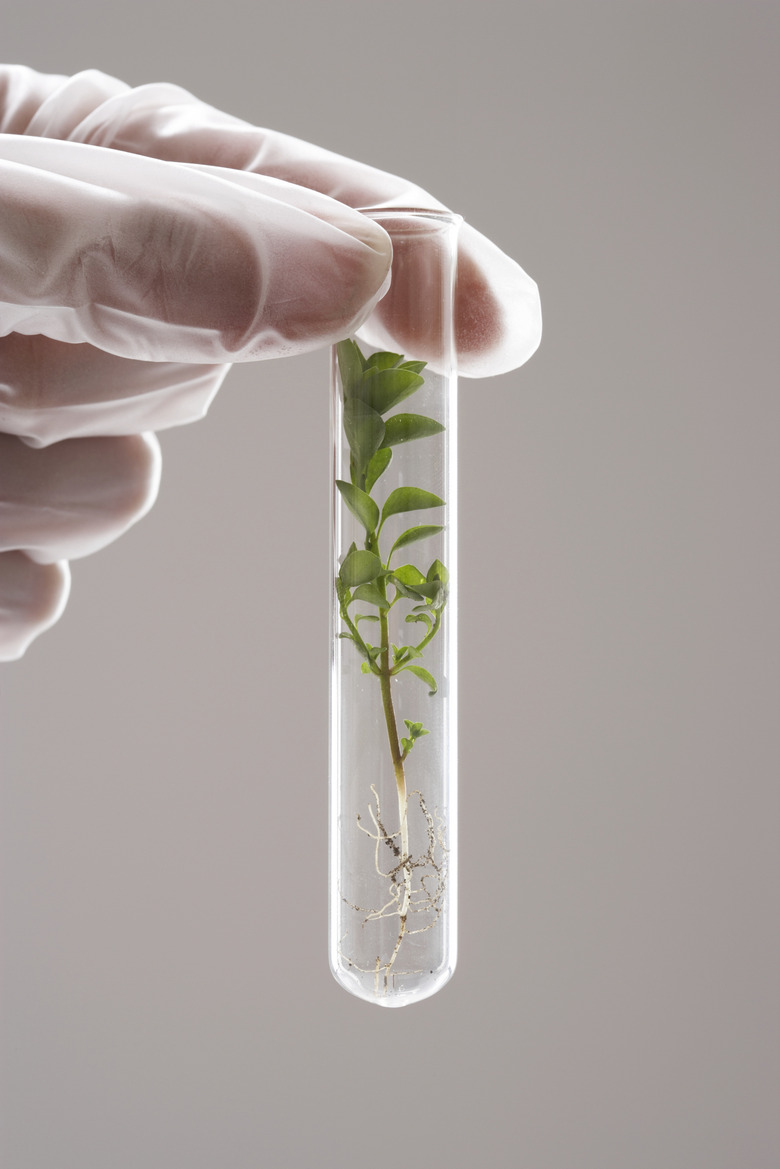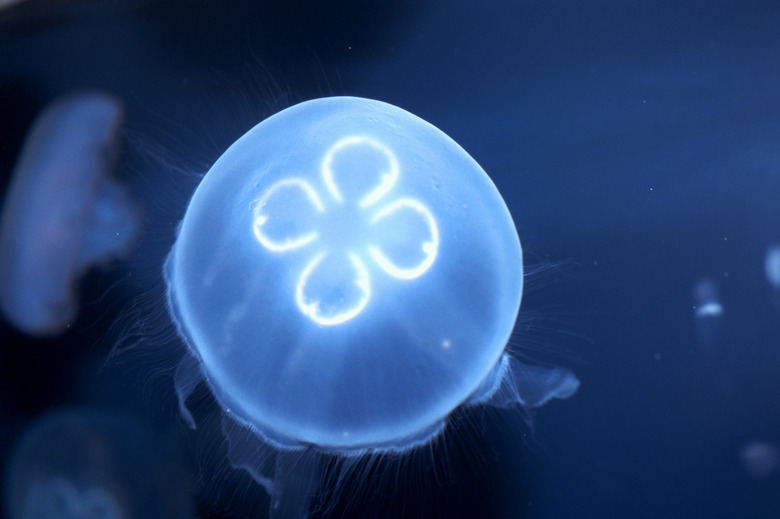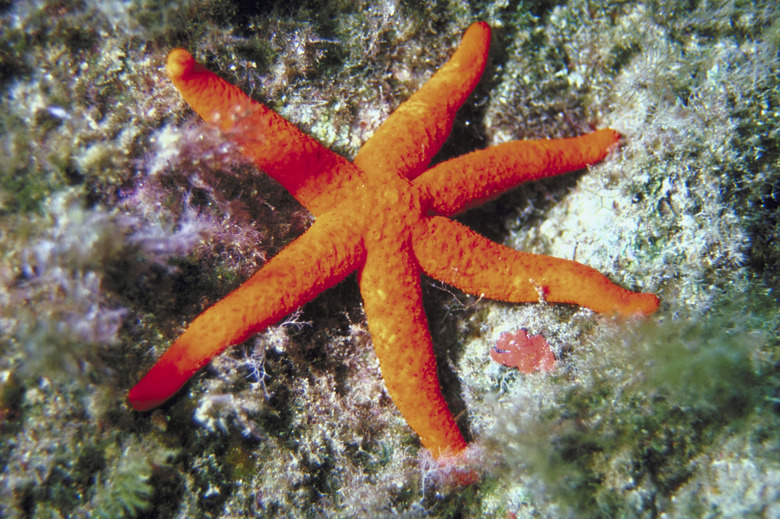Non-Vascular Vs. Vascular
The words "non-vascular" and "vascular" pop up in several different areas of biology. While the specific definitions vary depending on the exact area of the life sciences in question, the two terms generally refer to similar ideas. Vascular means an organism or a structure has fluid-filled tubes, like blood vessels in humans, while non-vascular, also called avascular, things do not.
Definitions Depend on the Subject
Definitions Depend on the Subject
As stated earlier, vascular generally means that an organisms contains tubular structures that are used to transport fluids, nutrients and more. The nonvascular definition is just the opposite in that nonvascular means that those organisms do not have that tubular network.
However, both the specific nonvascular and vascular definition (biology-wise, at least) will depend on the area of biology you're discussing.
In Medicine
In Medicine
The term vascular is used in the study of human medicine, but the term avascular is generally usually used in place of non-vascular in this field. Vascular tissues in the human body have blood vessels like veins, arteries and capillaries, while avascular tissues do not.
For example, muscle tissue is vascular, or vascularized. Tissues with a lot of blood vessels, like those in the lungs and liver, are said to be "highly vascularized." A few structures in the human body lack blood vessels, like the lens of the eye. Since blood vessels would obscure vision in this structure, it must be avascular.
Cartilage is another type of avascular tissue. Cartilage is found near joints, in the nose, in the ears and other locations around the body.
In Botany
In Botany
In botany, plants can be broadly divided into non-vascular and vascular categories. Vascular plants have structures like xylem and phloem, which are tubes that draw water up from the roots and sugar down from the leaves, respectively. This includes the majority of familiar plants, such as trees, flowers and grasses.
Non-vascular plants lack these structures. Non-vascular plants are generally seen as more basal, or primitive.
Since they lack vascular tissue, they can only absorb nutrition and water through surface tissues. And because they do not have structures to transport nutrients throughout large areas, they are limited to being short and small, like mosses and liverworts. Nonvascular plants also are only able to absorb water through surface tissues. This means that most non-vascular plants can only survive underwater or in very humid, moist environments.
In Zoology
In Zoology
Like plants, some animals have vascular systems and some don't. Unlike plants, animals aren't classified based on the presence or absence of a vascular system. In animals that do have a vascular system, biologists classify their vascular system as open or closed.
In open vascular systems, the heart or hearts pump blood into cavities, called sinuses, within the organism's body. In animals with a closed vascular system, like humans, the blood stays in tubes such as arteries and veins. Very simple animals, like flatworms, lack a true vascular system. This usually limits non-vascular animals to simple, small and thin bodies since there's no way for them to get oxygen and other nutrients to a larger bodily form.
A Spiny-Skinned Special Case
A Spiny-Skinned Special Case
Most organisms use vascular systems to transport nutrients and oxygen and remove waste. However, a few organisms in the Echinoderm phylum use vascular structures for another purpose.
Echinoderms, like starfish, use a water vascular system to control their movement. The water vascular system regulates the movement of tube feet through hydraulic pressure, allowing starfish and other echinoderms to move and even capture prey. The water vascular system can open to the environment, and is filled with seawater.
Cite This Article
MLA
Boumis, Robert. "Non-Vascular Vs. Vascular" sciencing.com, https://www.sciencing.com/nonvascular-vs-vascular-7245/. 18 June 2019.
APA
Boumis, Robert. (2019, June 18). Non-Vascular Vs. Vascular. sciencing.com. Retrieved from https://www.sciencing.com/nonvascular-vs-vascular-7245/
Chicago
Boumis, Robert. Non-Vascular Vs. Vascular last modified August 30, 2022. https://www.sciencing.com/nonvascular-vs-vascular-7245/




